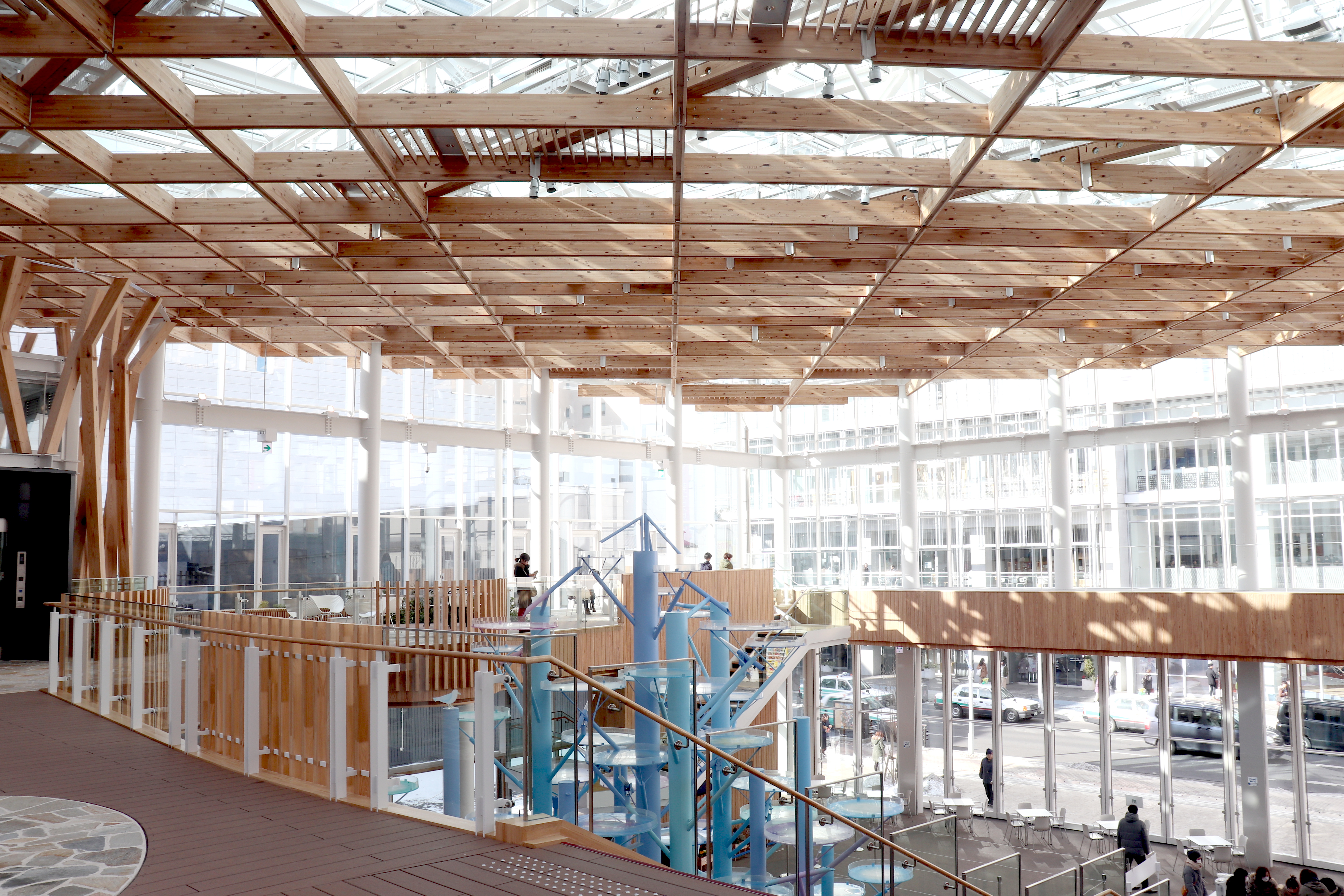(Second International Conference on Earthquake Geotechnical Engineering)
Authors:Karkee, M. B, Sugimura, Y. and Fujiwara
ポルトガルのリスボン市で開催された国際地盤工学会にカルキ-秋田県立大学教授や杉村東北大学教授と一緒に参加した。9月の開催であったが、空気はとても暑く、肺が焼けるようなはじめての経験をした。ファドと共にポルトガル料理を堪能した。古く、決して美しい街とはいえないが、風情があり、ぜひもう一度行きたい都市である。この時、著書や論文でしか知らなかった石原研而博士(当時東大教授)、東畑郁夫博士やLin博士にお会いすることができた。思い出深い旅行であった。
(以下、抄訳)
There have been several instances of damages to piles at deeper part,generally near the soil layer interfaces,during the past earthquakes.Such damages are inherently difficult to detect and repair,mandating adequate provision in the design to make them as unlikely as possible.athe nonlinear response analysis of soil-pile-structure system considering a two dimensional finite element model shows distinctly large kinematic response forces near soil layer interfaces,demonstrating the nature of stresses that may develop in piles due to distinct stifness contrast between soil layers.While such detailed analysis is impractical for general design application ,the current practice of designing the pile for a single concentrated load representing the inertia effect of superstructure involves implicit disregard of the kinematic actions due tu ground response.A simple approach to account for the ground response effects is proposed and the potential of the method for practical design application is illustrated.Conclusions deraived from the investigation are as follows.
Decomposition of response forces of the total soil-pile-building system in the finite element analysis into thoses of the building system and the foundation system indicates that the contribution of the foundation part is dominant,and is conparable to that of the total system.Contribution of the building system itself is strongly dependent on the soil condition,showing the influence of soil condition on the inertia as well as the ground response effects on piles.The result means different leveles of suoerstructure exitation for the same incident motion depending on the soil condition.
The proposed approach based on the beam on elastic foundation framework is promising in capturing the essence of the ground response effects on piles,if the necessary parameters are selected to reflect the dynamic characteristics of ground.The essential parametetrs in the proposed method include peak input velocity,ground period elongation factor,sopil stiffness degradation factor and degree of restraint at the pile head.
To indirectly account for the different modes of ground movement,differentconbinations of distributed loads may be considered depending on the number of distinct soil layers over the pile length such that adequate provision is made in the design for the worst possible conbination.
The ground period elongation factor depends on the local site condition as well as the level of earthequake wxcitation and needs to be judiciously selected to reflect the local site condition.The soil stiffness degradation factor may be obtained accordingly.
The coefficient of subgrade reaction utilized in the proposed method tends to be smaller than that generally used in the current and past seismic practice.The inertia and ground response effects may be evaluated by assuming different values of subgrade reaction for the two cases as appropriate.If nessesary,the coefficient of subgrade reaction for a given soil layer may be taken as zero to depicit liquified situation.
The degree of restraint of the pile head against rotation may be a major consideration in evalating the bending moment distribution in piles.If the moment at teh pile exeeds the yild level,partial restraint may be logically assumed to limit the moment there.Conversely,if the moment at a pile section exeeds the yield moment capacity,exeeds moment may be adequately redistribution to limit the bending moment to close to yild level.







